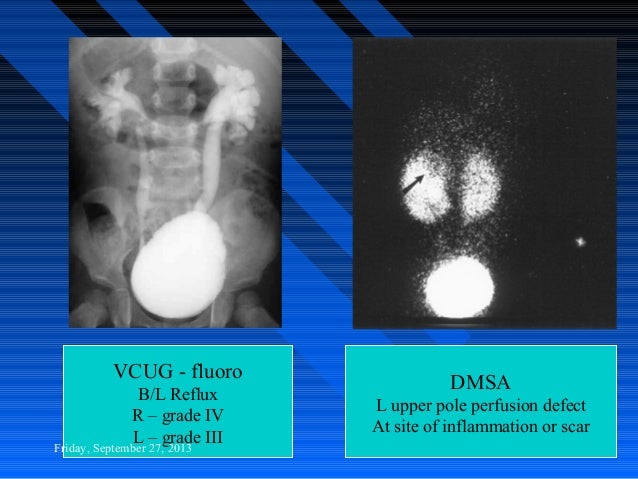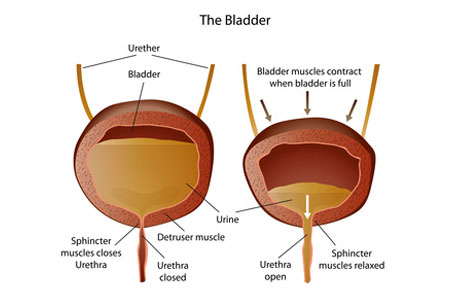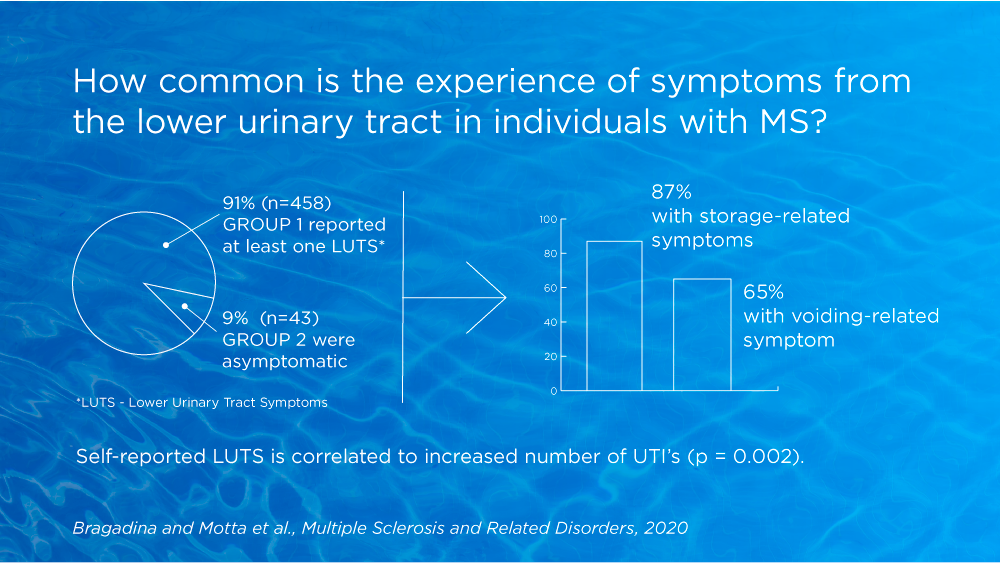
POST VOID RESIDUAL URINE IN FEMALE FREE
All patients should be evaluated using free flow measurements along with PVR to obtain a reliable, objective measurement of their voiding pattern, before anti-incontinence surgery. Patients with voiding dysfunction often have normal PVR and so PVR < 150 ml cannot exclude voiding dysfunction. Out of the 20 patients, 7 had no symptoms or complaints indicating voiding dysfunction. Eighteen patients had PVR < 150 ml (range 0–50 ml) 9 had bladder outlet obstruction while 7 had detrusor underactivity.

Of the 205 patients undergoing invasive urodynamics in 2013, a total of 20 had voiding dysfunction, 2 with PVR ≥ 150 ml. Patients were then analyzed for bladder outlet obstruction and detrusor underactivity. We registered the PVR in patients with voiding dysfunction and divided them into groups with PVR < 150 ml and PVR ≥ 150 ml. Voiding dysfunction was diagnosed if both the invasive urodynamic and the free flow showed abnormal results. We retrospectively reviewed the charts of all patients who underwent invasive urodynamics from 1 January 2013 to 31 December 2013. The cut-off of 150 ml seems arbitrary, not evidence-based, and so we sought to investigate the ability of PVR < 150 ml to exclude voiding dysfunction.
POST VOID RESIDUAL URINE IN FEMALE LICENSE
read more, or prior pelvic surgery resulting in bladder denervation.It has been claimed that post-void residual urine (PVR) below 150 ml rules out voiding dysfunction in women with stress urinary incontinence (SUI) and provides license to perform sling surgery. read more, Parkinson disease Parkinson Disease Parkinson disease is a slowly progressive, degenerative disorder characterized by resting tremor, stiffness (rigidity), slow and decreased movement (bradykinesia), and eventually gait and/or. Common symptoms include visual and oculomotor abnormalities, paresthesias, weakness.

read more, multiple sclerosis Multiple Sclerosis (MS) Multiple sclerosis (MS) is characterized by disseminated patches of demyelination in the brain and spinal cord. Early symptoms are related to hyperglycemia and include polydipsia. read more in patients with diabetes Diabetes Mellitus (DM) Diabetes mellitus is impaired insulin secretion and variable degrees of peripheral insulin resistance leading to hyperglycemia. Symptoms can include overflow incontinence, frequency, urgency, urge incontinence, and retention. read more (which increases pressure on the bladder trigone), or neurogenic bladder Neurogenic Bladder Neurogenic bladder is bladder dysfunction (flaccid or spastic) caused by neurologic damage.


(See also Constipation in Children.) No bodily function is more variable and. In either sex, retention may be due to drugs (particularly those with anticholinergic effects, including many over-the-counter drugs), severe fecal impaction Fecal impaction Constipation is difficult or infrequent passage of stool, hardness of stool, or a feeling of incomplete evacuation. Urethral stricture can be Congenital Acquired Anything that damages the urethral epithelium or corpus spongiosum can. Retention is most common among men, in whom prostate abnormalities or urethral strictures Urethral Stricture Urethral stricture is scarring that obstructs the anterior urethral lumen.


 0 kommentar(er)
0 kommentar(er)
